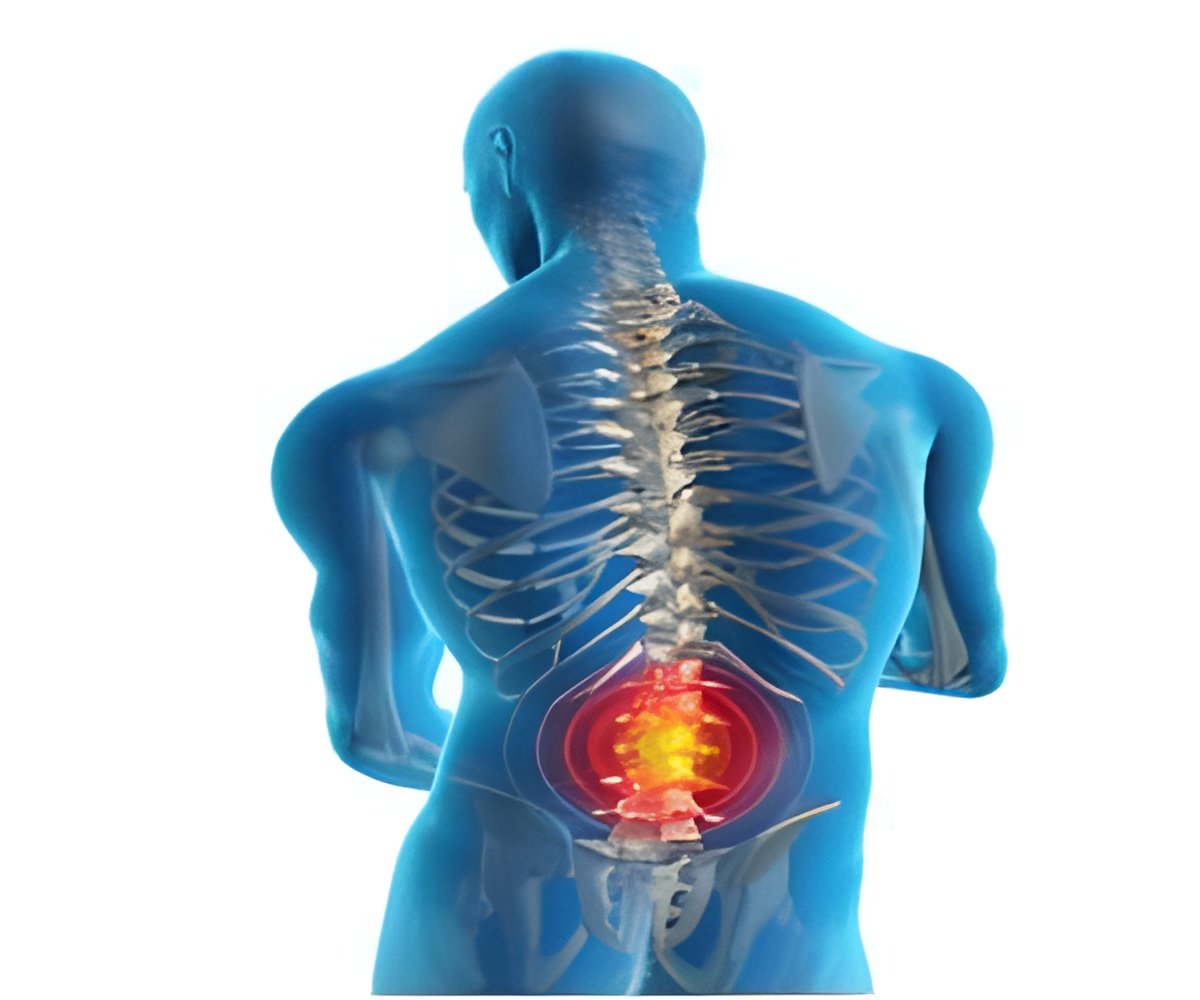
Commonly, patients are asked to rate their pain on a zero to ten scale, where zero represents no pain whatsoever and a value of ten indicates excruciating pain. Unfortunately, one person's g8 may be another's g10 on the same scale.
When seeking to assess the effectiveness of an intervention it is common practice that patients whose post-treatment pain scores are lower than their pre-treatment scores are categorized as having undergone effective treatment. This all but ignores the subjectivity of their experience of pain, where the simple act of being treated may lower their perception of their pain while the underlying cause of the pain might not have been physically reduced at all.
Now, Sean Murphy of Washington State University, in Spokane, Washington, USA, and colleagues have USA, have borrowed economics theory to compare the conventional binary 'pain no-pain' measure of treatment success commonly used in practice and in clinical trials with a new approach to modeling pain that allows for more 'fuzzy' reporting of pain by precluding certain aspects of bias inherent in such a subjective assessment. They have then investigated how common is misclassification and how it can influence outcomes.
Their findings suggest that the chance that a typical patient misclassifies their perceived pain ranges from about 3 percent (for patients who mistakenly think they do not improve, but actually do) to about 14 percent (for patients who think they improve, but actually do not improve). As such, health outcomes researchers, practitioners and policy makers must use caution when relying solely on self-reported pain reductions as a gauge of therapy effectiveness. The team points out that their exploratory research requires follow-up work to further confirm the findings.
The paper, 'A cautionary note on the use of perceived pain scores in health outcomes research,' has been published in the International Journal of Behavioural and Healthcare Research.
Advertisement
Source-Medindia








